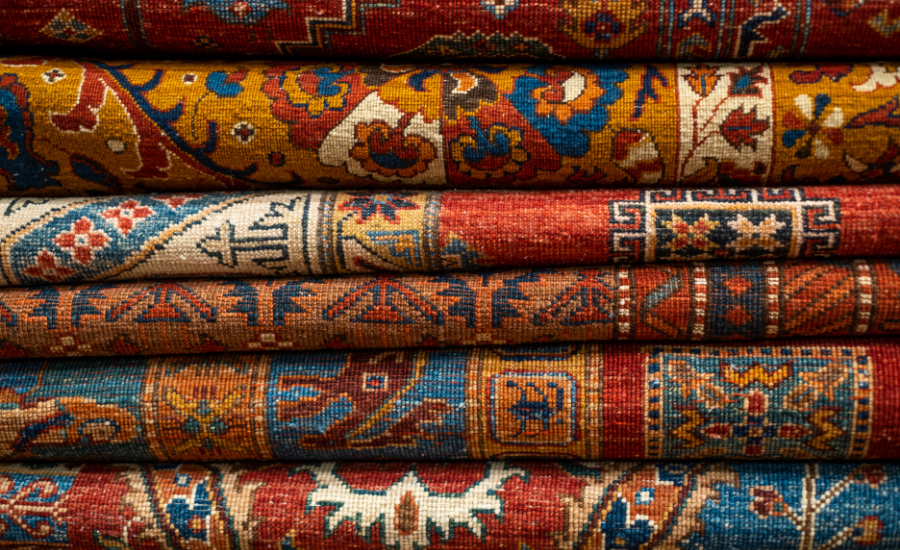India has always been synonymous with art, culture, and craftsmanship. Among its many traditional industries, rug manufacturing stands out as one of the finest examples of skill passed down through generations. Today, rugs manufacturers in India not only carry forward this heritage but also lead the global market with innovative designs, sustainable practices, and high-quality products. From intricate hand-knotted pieces to contemporary custom rugs, India has cemented its place as the world’s rug-making capital.
A Rich Legacy of Rug Making
The roots of rug manufacturing in India can be traced back to the Mughal era, when Persian weaving traditions were introduced and soon adapted with Indian motifs and techniques. Over the centuries, Indian artisans have perfected the art of weaving, creating rugs that are not only functional but also masterpieces of design. Whether it is the elegance of Kashmiri silk rugs or the durability of handwoven cotton rugs from Rajasthan, each piece tells a story of tradition and craftsmanship.
Skilled Artisans and Handcrafted Excellence
What makes rugs manufacturers in India unique is their reliance on highly skilled artisans. Many weaving families have been practicing the craft for generations, ensuring that age-old techniques such as hand-knotting, hand-tufting, and handloom weaving remain alive. Unlike mass-produced floor coverings, Indian rugs are often painstakingly crafted by hand, making each piece unique in its character, texture, and design.
This deep attention to detail has made Indian rugs some of the most sought-after in global markets. From luxury showrooms in Europe to boutique stores in the U.S., Indian-made rugs continue to hold a special appeal.
Diversity in Designs and Techniques
India’s strength lies in the diversity of its offerings. Buyers can choose from a wide array of styles, including:
- Hand-knotted rugs for timeless elegance.
- Hand-tufted rugs for affordable luxury.
- Handloom rugs for minimalist and eco-friendly interiors.
- Round rugs for a modern, playful touch.
- Custom rugs tailored to exact size, color, and pattern preferences.
This versatility ensures that whether a customer wants a traditional Persian-inspired carpet or a contemporary geometric rug, Indian manufacturers can deliver.
Custom Rugs: Meeting Global Demand
One of the major reasons India has become a global hub is its ability to produce custom rugs that match international design trends. Interior designers, hoteliers, and homeowners often look for rugs that align perfectly with their space, and Indian manufacturers excel at providing made-to-order solutions.
From experimenting with sustainable fibers like jute and bamboo to incorporating modern digital design techniques, Indian weavers have adapted beautifully to the global shift toward personalization. This combination of heritage and innovation has made rugs manufacturers in India a trusted partner for global buyers.
Competitive Advantage in Global Markets
Several factors make India stand out in the global rug industry:
- Skilled Labor: Generations of artisans skilled in traditional weaving.
- Variety of Materials: Access to premium wool, silk, cotton, and natural fibers.
- Customization Capabilities: The ability to create custom rugs that match exact client specifications.
- Cost-Effectiveness: High-quality craftsmanship offered at globally competitive prices.
- Sustainability: Increasing adoption of eco-friendly dyes, organic materials, and ethical production practices.
These strengths explain why India continues to dominate the rug export market and why international buyers consistently rely on Indian manufacturers.
Final Thoughts
Rug making in India is more than just a business—it’s a living tradition that beautifully balances heritage with modern demands. By blending intricate handwoven artistry with the ability to produce personalized custom rugs, India has positioned itself as the undisputed global hub for rug manufacturing.
For buyers seeking both quality and authenticity, choosing rugs manufacturers in India means more than just purchasing a floor covering—it means owning a piece of cultural heritage, carefully crafted to last for generations.


